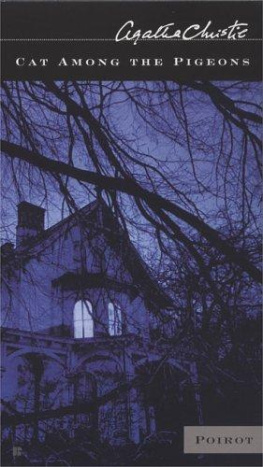Benson - David Blaize
Here you can read online Benson - David Blaize full text of the book (entire story) in english for free. Download pdf and epub, get meaning, cover and reviews about this ebook. year: 2010, publisher: Viewforth Press, genre: Art. Description of the work, (preface) as well as reviews are available. Best literature library LitArk.com created for fans of good reading and offers a wide selection of genres:
Romance novel
Science fiction
Adventure
Detective
Science
History
Home and family
Prose
Art
Politics
Computer
Non-fiction
Religion
Business
Children
Humor
Choose a favorite category and find really read worthwhile books. Enjoy immersion in the world of imagination, feel the emotions of the characters or learn something new for yourself, make an fascinating discovery.
David Blaize: summary, description and annotation
We offer to read an annotation, description, summary or preface (depends on what the author of the book "David Blaize" wrote himself). If you haven't found the necessary information about the book — write in the comments, we will try to find it.
David Blaize — read online for free the complete book (whole text) full work
Below is the text of the book, divided by pages. System saving the place of the last page read, allows you to conveniently read the book "David Blaize" online for free, without having to search again every time where you left off. Put a bookmark, and you can go to the page where you finished reading at any time.
Font size:
Interval:
Bookmark:

BY
AUTHOR OF "THE OAKLEYTTES," "ARITNDEL," "DODO," "DODO THE SECOND," ETC.
Copyright, 1916, BY GEORGE H. DORAN COMPANY
DAVID BLAIZE
E. F. Benson
Edited and Introduced by Craig Paterson
Los Angeles, California 2010
Published by Viewforth Press, Los Angeles, California, 2010. 1st Viewforth Classics edition. Introduction, cover, layout, and notes 2010 Viewforth Press. All rights reserved. Printed and distributed by createspace.com.
LCCN: 2010935917
ISBN: 1453763104
EAN-13: 9781453763100
Edward Frederic Benson was born at Wellington College, Crowthorne, Berkshire on the 24th of July 1867. He died on the 29th of February 1940 aged 72 from throat cancer at University College Hospital,
London. He never married.
E. F. was the fourth of six children (third son) of Edward White Benson (1829-1896) and his wife Mary Sidwick (1841-1918), sister
philosopher Henry Sidgwick
of the famous utilitarian
(1838-1900). E. F.s elder siblings were Martin Benson (1860-1878), Arthur Christopher Benson (1862-1925), Mary Eleanor Benson 1863-1890), and Margaret Benson (18651916). He had a younger brother called Robert Hugh Benson (1871-1914).
E. F.s birth took place in the college where is father was the founding Headmaster. The school was founded in 1859 as a monument to the Duke of Wellington, hence the colleges name. Prince Albert, the Prince Consort played an active part in the early direction and oversight of the college. E. F. was thus born and raised for the first few years of his life in one of Englands prominent public schools, its institutions and practices being essentially modelled on those of Rugby School by E. F.s father. Whilst the school was one of recent establishment, it rapidly grew in prominence under royal patronage, combined, no doubt, with the undoubted leadership abilities of E. W. From the very start, then, the young E. F. breathed in the air of the public school ethos.
E. F.s father was a clergyman destined to rise in ecclesiastical office first to the Chancellorship of Lincoln Cathedral in 1872, thence to become the first Bishop of Truro in 1877, later becoming the Lord Archbishop of Canterbury in 1882.
E. F. was raised in a talented and respectable middleclass English clergy familyone materially and culturally from ecclesiastical preferment bestowed on E. W. by Crown and Church.
E. F.s preparatory schooling was similar to his two older brothers, for in 1878 he was also sent to the Temple Grove School, Sheen, Surrey. In charge of the private from 1860 to 1880 was the formidable Mr. Ottiwell Charles Waterfield (1830-1898), known to the boysfrom a transposition of his initialsas the Cow.
Waterfield, apart prodigious beater of brilliant preparatory teacher and mentor. It was under Waterfields headship that many boys were intellectually and spiritually nurtured at Temple Grove and flourished in later life. Apart from E. F. himself, here we can mention A. C., one of Bensons two older brothers. A. C., a celebrated poet and essayist in his day, is perhaps best remembered now for being the author of that stirring hymn set to Sir Edward Elgars Pomp and Circumstance March No. 1Land of Hope and Glory. He was later made Master of Magdalene College, Cambridge in 1915, a post he held until his death in 1925.
As E. F. stated in his book of family sketches Our Family Affairsfirst published in 1921Helmsworth Preparatory Schoolas featured in the earlier chapters of David Blaizeis based on E. F.s own experiences of preparatory schooling while at Temple Grove. The first edition of David Blaize itself was published in 1916 when E. F. was in his late forties.
The reader of both David Blaize and Our Family Affairs will understand very well that Waterfield is the source that benefited both the patronage and
from being remembered as a boys, is also remembered as a
viii that inspired the portrait of Mr. Acland, the Head of Helmsworth, in David Blaize. As Benson wrote:
I believe him [Waterfield] to have been about the best private schoolmaster who ever lived, for he ruled by love and fear combined in a manner that while it inspired small boys with hellish terror, yet rewarded them with the sweet fruits of heroworship.*
E. F.s description of the trials and tribulations of the school curriculumunder which David Blaize and his contemporaries were educatedis also drawn from his experiences at Temple Grove where the learning of Latin and Greek grammar and literature was the stock and trade of preparatory schooling. Apart from classics, some Euclidean mathematics was also taught, as was some German and French.
It will come as no surprise to the reader, Im sure, to hear that main characterDavid Blaizeis really an idealised and romanticised version of E. F.s own recollections of himself (embellished with memories of others) as a schoolboy, first at Temple Grove, his private, and then subsequently at Marlborough College, his public.
The unlikeable Mr. Dutton, a master who makes several appearances throughout the earlier chapters at Helmsworth, is, it seems, a composite character created from some of the failings observed first hand in a Mr. Rawlings, a Mr. Daubney and a Mr. Davy: Mr. Rawlings would read light matter with his legs up on the desk while the boys were working prior to hearing their construals; Mr. Daubney paid constant attention to the grooming and stroking of his small moustache; Mr. Davy would often be found snoozing at his desk.
* Our Family Affairs, 1867-1896. New York, N.Y.: George Doran, 1921, p. 81.
Games, especially cricket, keeping stage-beetles, friendships, lessons, incidents with masters, dreaded school visits from his gaiter wearing clergyman father, and holidays, were very much the stuff of E. F.s time at Temple Grove.
So it is that E. F.s preparatory experiences played an important part in providing the raw material for the writing of the early chapters of David Blaize. The later chapters of the novel drew upon E. F.s subsequent experiences of public school life whilst at Marlborough.
Unlike his two elder brothers, both of whom won public school scholarshipsM. to Winchester and A. C. to EtonE. F. did not win any scholarship and had to settlelike Blaizefor a regular fee paying place. Eton and Winchester would have been too draining on E. W.s clergy stipend without a scholarship, for he was not a rich man, so Marborough was settled upon as a respectable but less burdensome option.
E. F. was excited to be going up to his public school, especially as a good friend had gone up the year before and it would be jolly to renew the friendship.*Blaize encounters the same feelings for an older boy called Hughes when he first goes up to Marchester College.
At Marchester, Blaize grows, albeit in a rather idealised manner, into just the kind of boy that may be called an all
* E. F.s first book, Sketches from Marlborough, was privately published in 1888 and, with warmth and affection, reflects on his schooldays spent there.
x round decent chap. He is amiable, loyal, loveable and loving, handsome, good at sports and, when more juvenile prank-like distractions are set aside, also rather good at book learning too. E. F.s novel is very much a work that commends the English public school system for the boys it turns out, whom after varsity, having become men, possess the rounded character and virtues needed to run the Country and the Empire.
Two of the main boy characters in the novelMaddox and Bagsare composite versions of several close friendships that E. F. undoubtedly enjoyed during the course of his school and university life. Understanding and appreciating different sorts of friendship is a central theme of the novel and indeed of the genre more generally. Maddox epitomises the hero worshipping side of Blaizes (and E. F.s) character. Blaize is drawn to the vibrant rays of Maddoxs charms, looks and intellectan older boy who represents the success of the systemthe very model of a English gentleman and a scholar. The Bags character on the other hand, represents a solid and dependable sort of friend that, if less inspirational and more mundane, is also sorely needed for a fellow to thrive at school and in later life.
Next pageFont size:
Interval:
Bookmark:
Similar books «David Blaize»
Look at similar books to David Blaize. We have selected literature similar in name and meaning in the hope of providing readers with more options to find new, interesting, not yet read works.
Discussion, reviews of the book David Blaize and just readers' own opinions. Leave your comments, write what you think about the work, its meaning or the main characters. Specify what exactly you liked and what you didn't like, and why you think so.

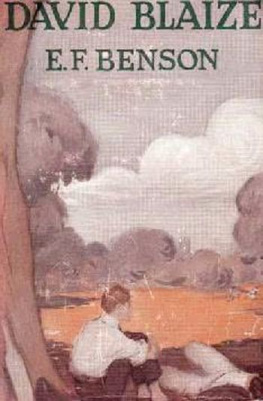


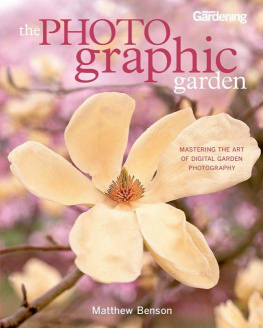

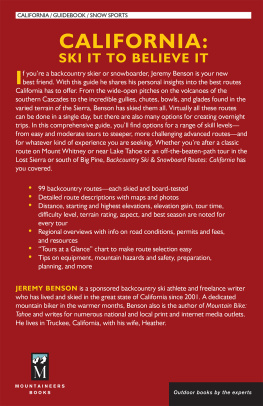
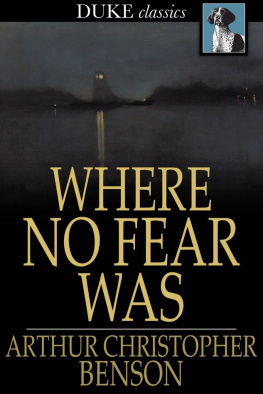
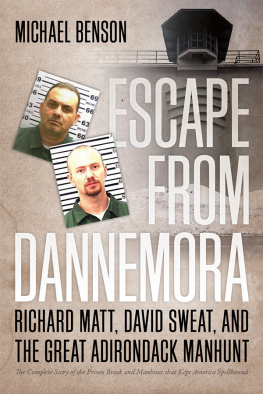
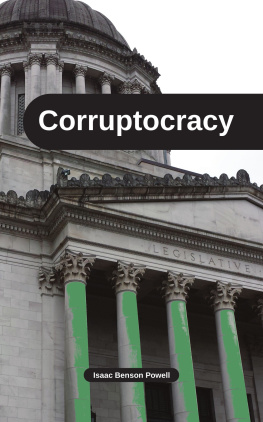
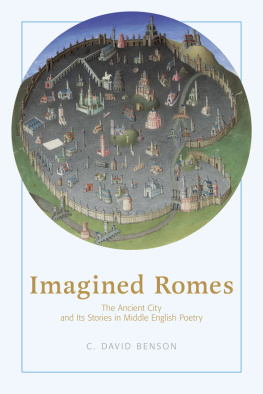
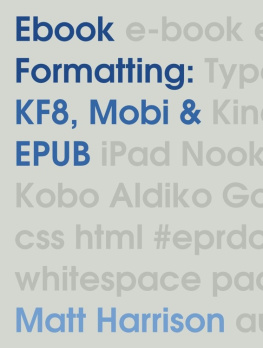
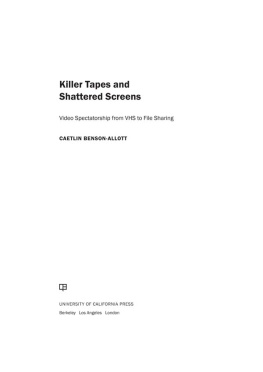
![Robert Hugh Benson [Benson - Robert Hugh Benson Collection [11 Books]](/uploads/posts/book/139831/thumbs/robert-hugh-benson-benson-robert-hugh-benson.jpg)

